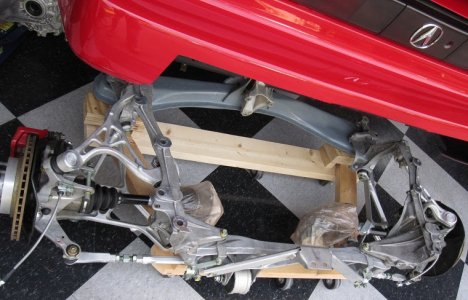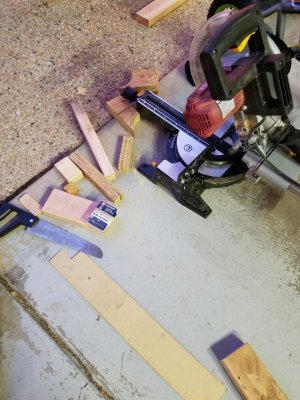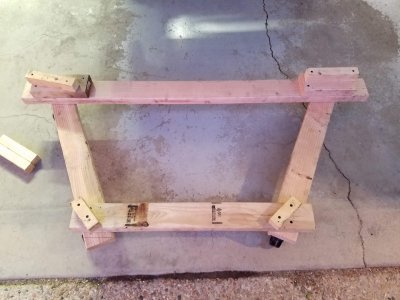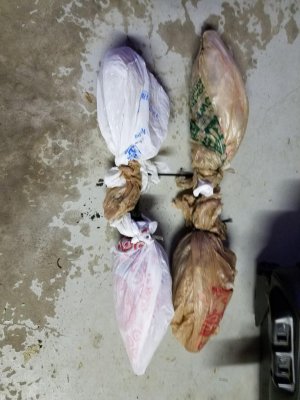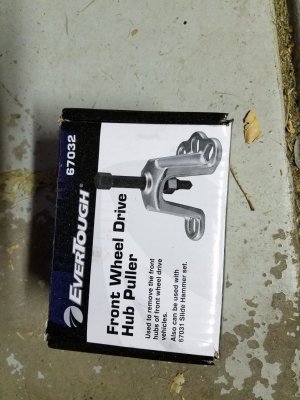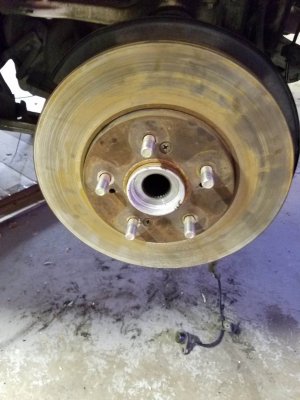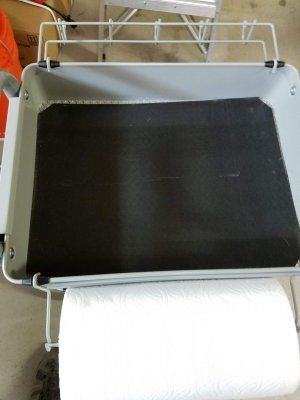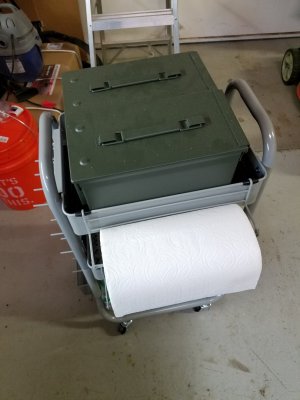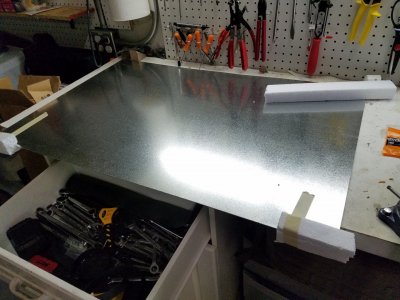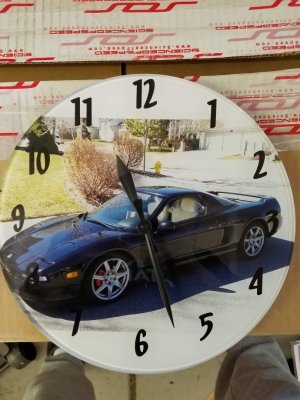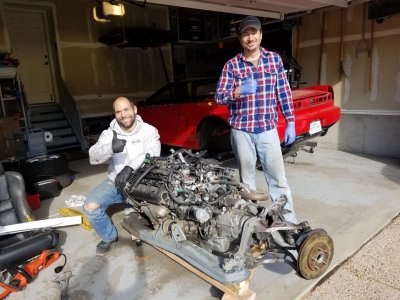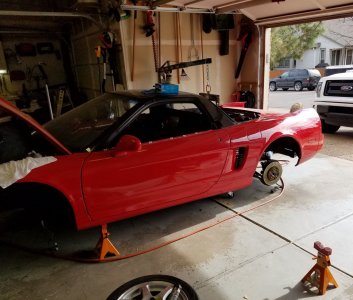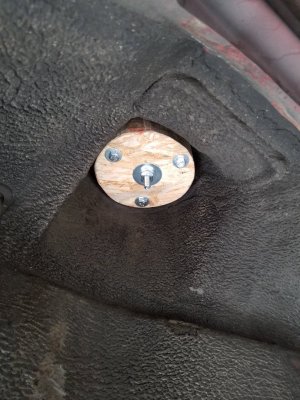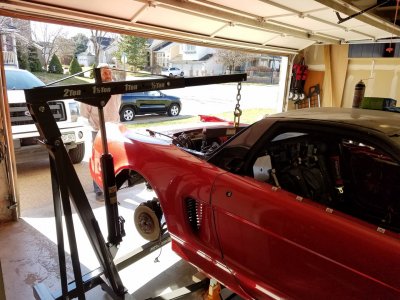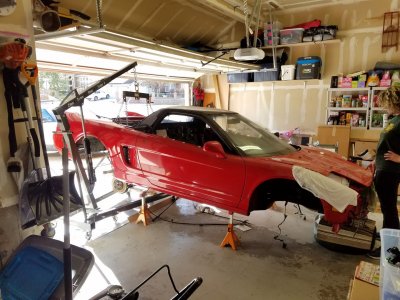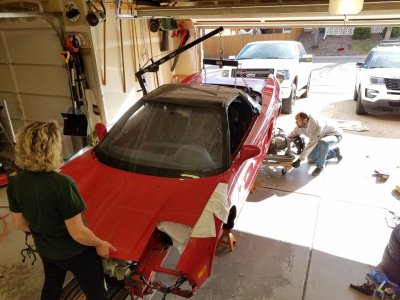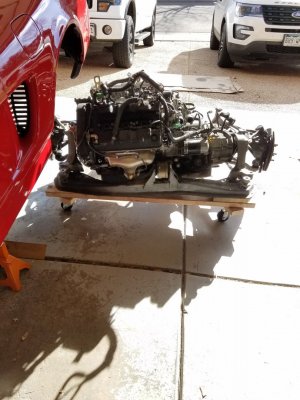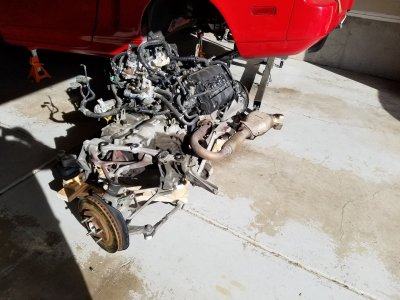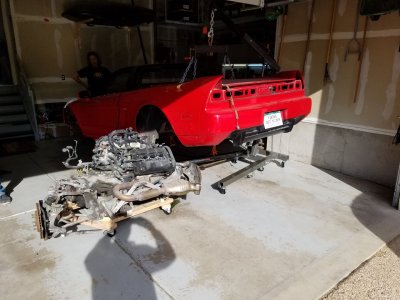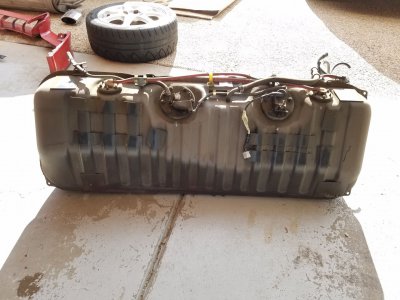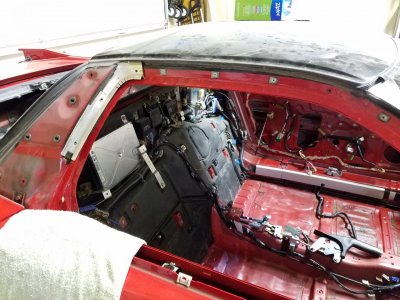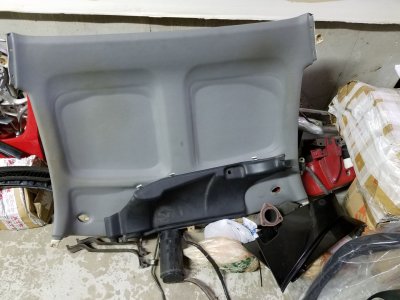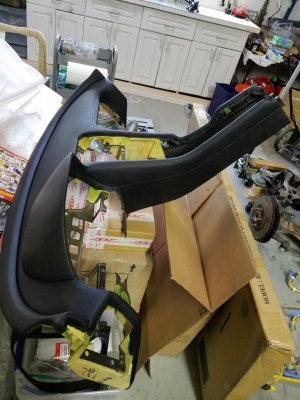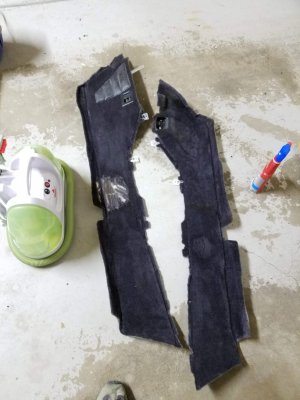General
Time for a shoutout and special "thank you!" to Mrs. Honcho. While I was getting ready for the big day on Saturday, she found, went out and bought this excellent craft cart from Michaels for me (and assembled it while I was in the garage- she's quite handy!). For about 50 bucks, it works wonderfully for keeping all of my tools, sockets and parts organized right next to where I'm working. No more running back and forth to the workbench, or losing a 10mm socket on the floor and wasting 20 minutes looking for it. I found that using the bottom tray for bagged and labeled fasteners, middle tray for small parts that don't fit in the bags and the top tray for tools worked perfectly. I'm just going to add some rubber drawer liner to the trays and call it done. We used this thing all day yesterday and it was a lifesaver! I have searched and searched for something like this for months, but all of the tables from the "real" tool stores were too big and bulky for my garage, or were ridiculously priced. This little table from Michaels works just as well and won't break the bank!
Some action shots:
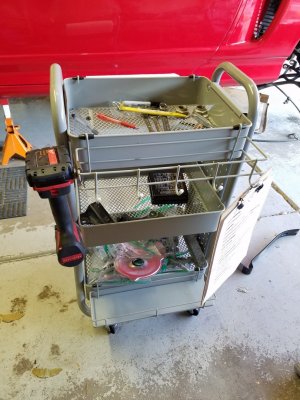
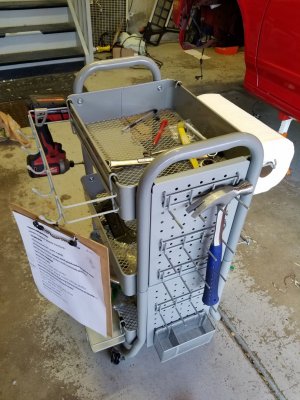
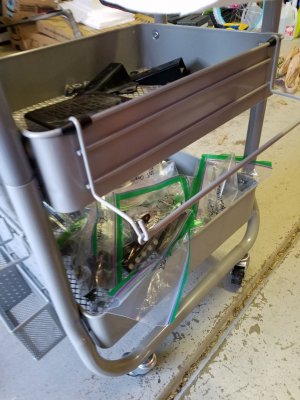
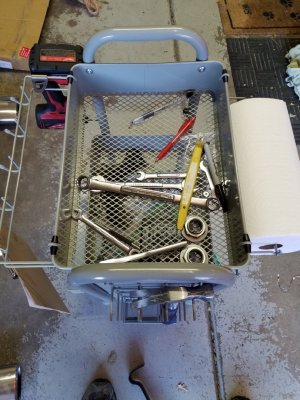
Time for a shoutout and special "thank you!" to Mrs. Honcho. While I was getting ready for the big day on Saturday, she found, went out and bought this excellent craft cart from Michaels for me (and assembled it while I was in the garage- she's quite handy!). For about 50 bucks, it works wonderfully for keeping all of my tools, sockets and parts organized right next to where I'm working. No more running back and forth to the workbench, or losing a 10mm socket on the floor and wasting 20 minutes looking for it. I found that using the bottom tray for bagged and labeled fasteners, middle tray for small parts that don't fit in the bags and the top tray for tools worked perfectly. I'm just going to add some rubber drawer liner to the trays and call it done. We used this thing all day yesterday and it was a lifesaver! I have searched and searched for something like this for months, but all of the tables from the "real" tool stores were too big and bulky for my garage, or were ridiculously priced. This little table from Michaels works just as well and won't break the bank!
Some action shots:




Last edited:








